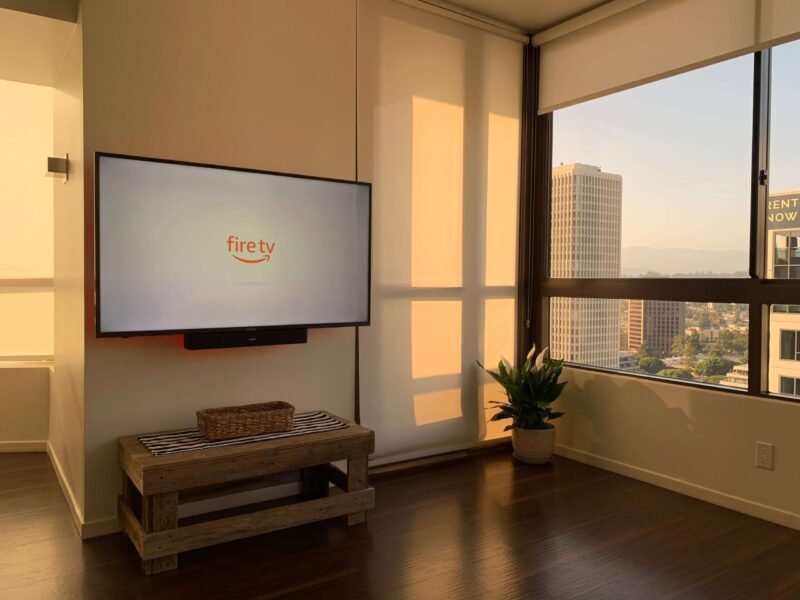Feng Shui is more than just an ancient Chinese practice—it’s a symphony of energy, a dance between space and spirit. For centuries, this art form has shaped homes into sanctuaries of balance, where every object, every corner, hums with intention. But how does one transform a chaotic living space into a harmonious haven? The answer lies in the subtle interplay of elements, the mindful arrangement of furniture, and the deliberate flow of qi—the life force that animates all things.
The Foundations of Feng Shui
At its core, Feng Shui is about alignment—not just of furniture, but of energy. The Bagua map, an octagonal grid representing different life areas, serves as the blueprint. Wealth, health, love, and career each have their designated zones, and activating them requires both intuition and precision. A misplaced mirror or a cluttered hallway can disrupt the delicate equilibrium, turning a potential oasis into a battleground of stagnant energy.
Consider the living room, the heart of the home. Here, seating should encourage conversation, fostering connection rather than isolation. A sofa placed against a solid wall provides grounding, while a circular coffee table softens sharp edges, allowing energy to meander gracefully. Even the choice of colors plays a pivotal role: earthy tones for stability, splashes of red for vitality, and blues for tranquility.
The Role of Technology in a Balanced Space
Modern living demands modern solutions, and technology need not be the enemy of harmony. A sleek television, when positioned thoughtfully, can coexist with Feng Shui principles. The key is intentional placement—avoiding direct alignment with the bed or dining area, as screens can disrupt relaxation and digestion. For those seeking seamless integration, a professional tv mounting service ensures the device is both functional and unobtrusive, blending into the room’s energy rather than dominating it.
Lighting, too, is a silent conductor of qi. Harsh overhead lights create tension, while layered lighting—soft lamps, candles, and natural sunlight—invites warmth. Even the flicker of a digital screen can be mitigated with dimmers or ambient backlighting, softening its impact on the room’s aura.
Decluttering: The Sacred Act of Letting Go
Chaos is the antithesis of Feng Shui. Piles of unused items, tangled cords, and overcrowded shelves suffocate energy flow. The solution? A ruthless yet reverent purge. Each object should earn its place, either through utility or emotional resonance. Storage solutions should be elegant and concealed—baskets, cabinets, and floating shelves maintain order without sacrificing style.
The bedroom, a sanctuary for rest, demands particular attention. Electronics should be banished or at least hidden, their electromagnetic whispers silenced. A minimalist approach reigns supreme: soft linens, a sturdy headboard for support, and artwork that soothes rather than stimulates. Even the choice of mattress matters—positioned so that the sleeper faces the door without being directly in line with it, fostering both security and openness.
Nature’s Whisper in the Home
No Feng Shui design is complete without the breath of nature. Houseplants purify the air and symbolize growth, but their placement is crucial. Spiky cacti in the bedroom? A recipe for restless energy. Instead, opt for rounded leaves and gentle vines, like the peace lily or pothos, to invite serenity. Water features, whether a small tabletop fountain or an aquarium, introduce the fluidity of wealth and abundance—just keep them clean and flowing to avoid stagnation.
Even the humble entryway holds power. A well-lit, welcoming space with a mirror (positioned to reflect beauty, not chaos) sets the tone for the entire home. Shoes should be stored away, preventing external energies from trekking inward, while a small bowl of crystals or fresh flowers acts as an energetic welcome mat.
The Subtle Power of Symbols
Feng Shui is as much about the unseen as the seen. Symbols carry weight—a pair of mandarin ducks for love, a laughing Buddha for joy, a tortoise for longevity. But these tokens must be chosen with care, their meanings resonating with the dweller’s intentions. A haphazard collection of trinkets creates noise; a curated selection sings.
Art, too, speaks volumes. Landscapes evoke expansion, abstract pieces stir creativity, and family photos (displayed in moderation) anchor belonging. The rule is simple: if it doesn’t spark joy or purpose, it doesn’t belong.
In the end, Feng Shui is not about rigid rules but about mindful living. It’s the art of listening to a space, of feeling its pulse and responding with grace. Whether through the strategic use of a tv mounting service or the gentle placement of a wind chime, every choice is a brushstroke in the masterpiece of home.




